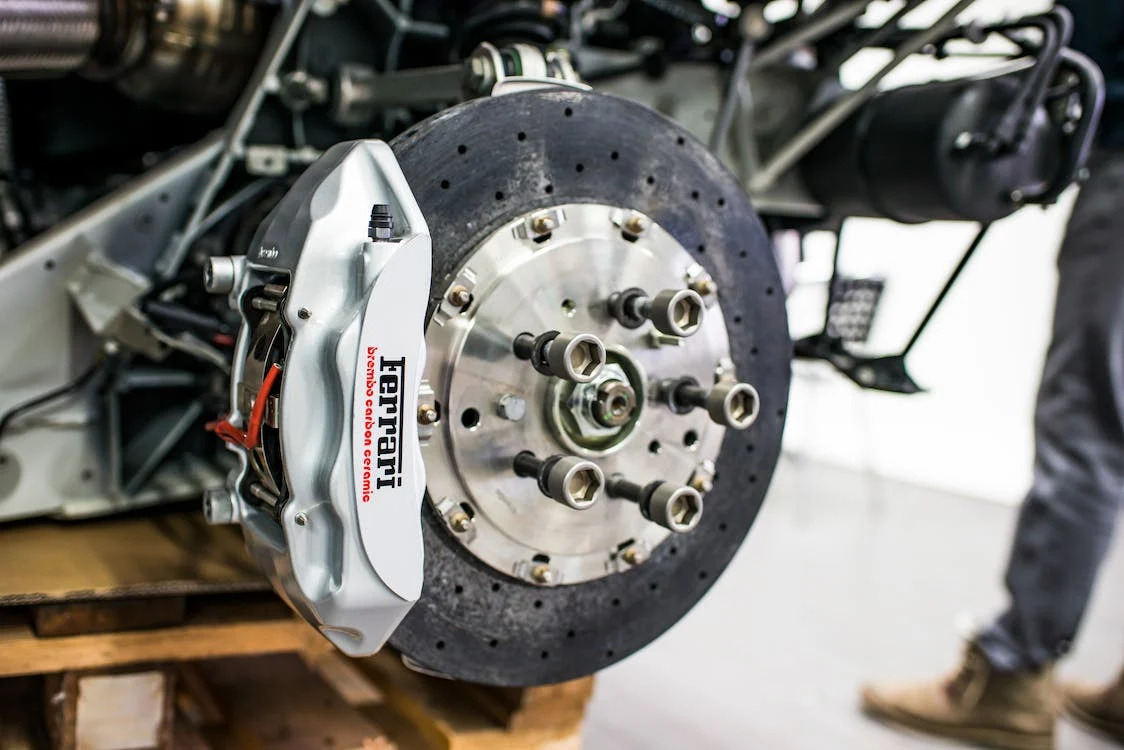Disc Brake Service
Disc Brake Service
The brake system consists of two distinct systems: Hydraulics and Friction Materials. These two systems work in tandem to manage what occurs from the moment you press the brake pedal until your vehicle comes to a halt.
- Hydraulics Master Cylinder
As you press the brake pedal, the master cylinder generates hydraulic pressure that propels brake fluid towards the wheel brakes.
- Brake Lines and Hoses
Pressurized brake fluid flows through steel brake lines and high-pressure rubber hoses, serving as the conduits for the hydraulic system.
- Wheel Cylinders and Calipers
The hydraulic cylinders are responsible for exerting pressure on the friction materials, which, in turn, lead to the deceleration of your vehicle.
- Friction Materials
Disc Brake Pads and Drum Brake Shoes
The brake linings are crafted from high-temperature materials, and it’s this friction generated by these materials that ultimately brings your vehicle to a stop.
Types of Brakes:
Disc Brakes
Disc brakes comprise a Disc Brake Rotor affixed to the wheel and a Caliper housing the Disc Brake Pads. The application of hydraulic pressure from the Master Cylinder triggers the Caliper Piston to grip the Disc Brake Rotor between the Disc Brake Pads, generating friction that results in your vehicle’s deceleration or full stop.
Drum Brakes
Drum brakes encompass a Brake Drum connected to the wheel, a Wheel Cylinder, Brake Shoes, and Brake Return Springs. The hydraulic pressure stemming from the Master Cylinder initiates the Wheel Cylinder to exert force on the Brake Shoes against the Brake Drum, instigating friction between the shoes and drum, which is responsible for slowing down or stopping your vehicle.
Parking Brake
The Parking Brake employs cables to mechanically engage the brakes, primarily affecting the rear brake, serving the purpose of preventing the car from rolling when it’s not in motion.
Anti-Lock Brakes: A System Built For Safety
Computer-controlled anti-lock braking systems (ABS) are a modern safety innovation. In the event of abrupt stops, ABS technology safeguards against wheel lock-up. This system is made up of wheel-speed sensors responsible for tracking wheel rotation, computer-controlled hydraulics that apply and release the brakes in rapid pulses, and an onboard computer for precise control.
Full Service Auto Shop
Satisfaction Guaranteed
Call us today



